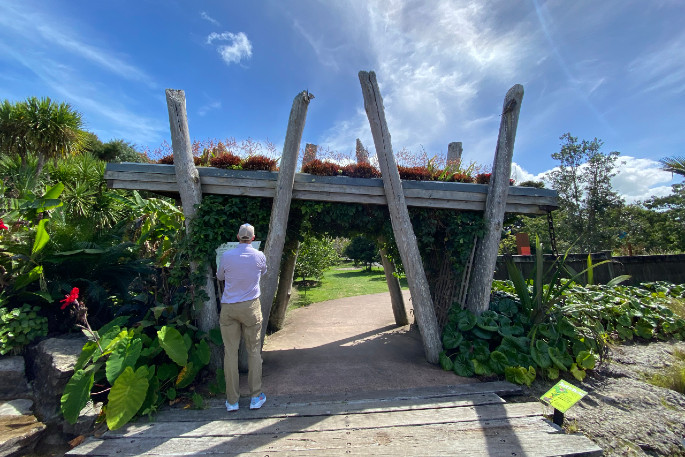This Content Is Only For Subscribers
Tāmaki Makaurau Auckland will play a role in shaping a sustainable urban future as host of the World Green Infrastructure Congress 2024.
The congress will take place September 3-5, 2024, at the University of Auckland and is expected to deliver an estimated economic impact of $1 million to the city.
The bid to host the event was led by University of Auckland in association with Design for Nature. It was supported by Auckland Convention Bureau, a division of Tātaki Auckland Unlimited, and Tourism New Zealand Business Events.
“To have global leaders of this calibre knowledge-sharing and collaborating is a valuable opportunity for our region,” says Auckland Convention Bureau head Ken Pereira.
“Green infrastructure work is front of mind in Tāmaki Makaurau Auckland and we’re eager to share our innovations and explore the scope of what else is possible in this space.”
“Hosting the World Green Infrastructure Congress not only brings visitors to our shores during spring, one of our off-peak seasons; it will enhance our cities through the sustainable ideas exchanged at the event,” says Tourism New Zealand general manager NZ & business events Bjoern Spreitzer.
“I hope the delegates get a chance to enjoy all that Aotearoa New Zealand has to offer while they are here.”
WGIC will cover urban nature-based solutions, green buildings, climate adaptation, green infrastructure, policies, and strategies. It will attract some 600 leaders from industry, academia and government to foster cross-disciplinary dialogues and shape a sustainable urban future.
The first two days of the congress will incorporate keynote and education sessions with up to 100 speakers, plus worldwide green infrastructure and green building awards. On the third day, delegates will embark on a Green Infrastructure Excursion Trip around Auckland showcasing some of the city’s sustainable infrastructure initiatives.
“Nature is a vital component of the sustainability and health of the city and should be considered as critical infrastructure,” says Auckland University School of Architecture and Planning associate director of design Zoë Avery.
“By incorporating green roofs, living facades, sustainable urban drainage and urban trees in our urban fabric we can help mitigate the effects of storm events, cool our cities, build more biodiversity and provide improved aesthetics for the health of people and nature in our cities.
“Aotearoa New Zealand has a lot to offer, with our Indigenous Māori wisdom, community-led initiatives, and prioritisation of native plants and ecosystem support.
“There are a number of low-tech nature-based solutions we can share with the world – the use of natural substrate and fibre; bringing mussels into the harbour to filter sediment out of the ocean; and the co-governance partnership with Ngāti Whātua Orakei, who grew the plants for the Auckland Library living roof at their Pourewa Revegetation Nursery.”



